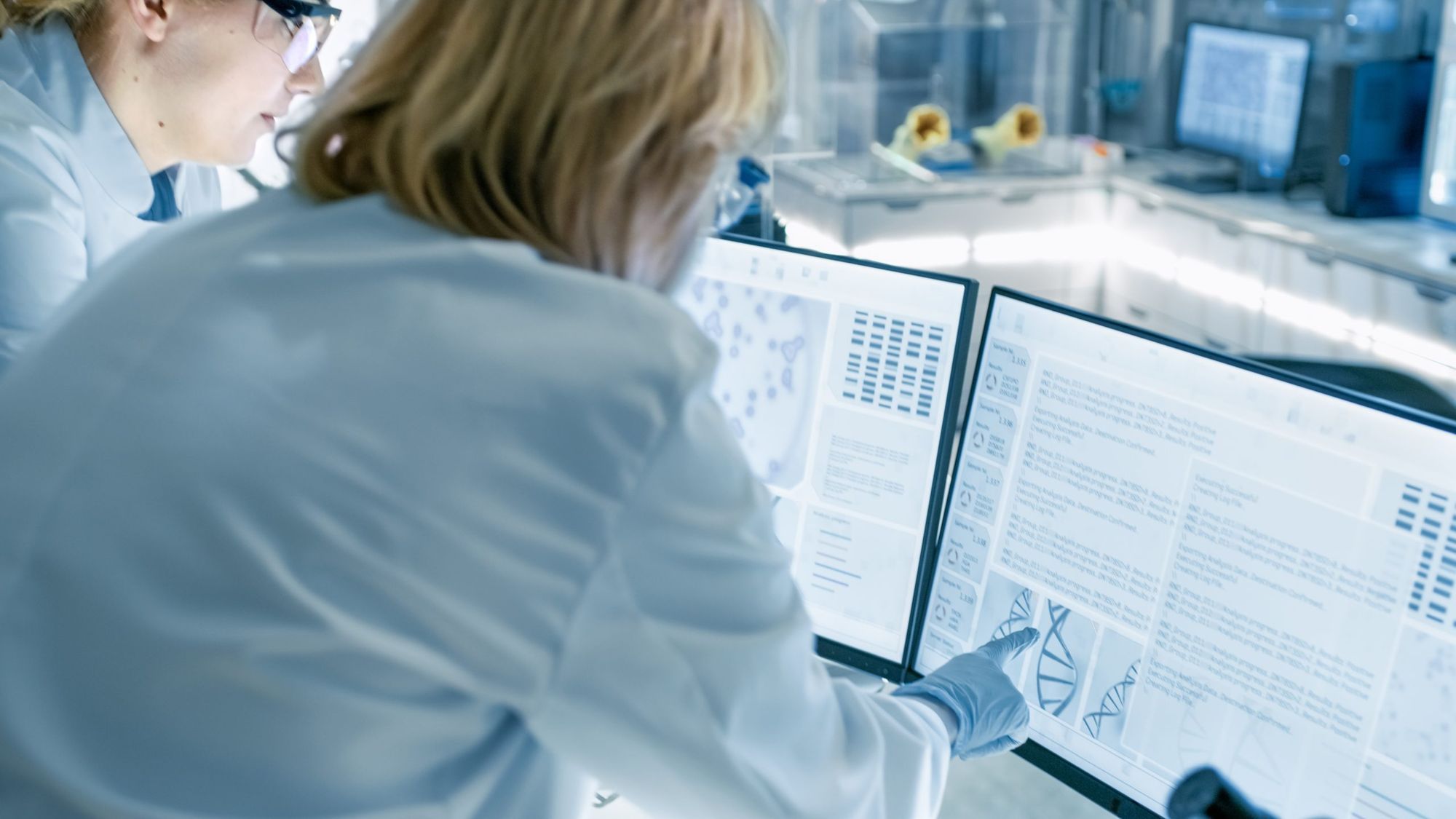How Common Data Models Used In Real World Evidence Research Can Benefit Operational Care

Real World Evidence Research is a relatively recent phenomenon that evolved due to the widespread adoption of Electronic Health Record systems (EHRs) and the vast amounts of patient data generated by these systems. EHRs are not the only sources of such data; they are certainly major sources of it.
Per FDA definition:
- “Real-world data (RWD) are the data relating to patient health status and the delivery of health care routinely collected from a variety of sources”;
- Real-world evidence (RWE) is the clinical evidence regarding the usage and potential benefits or risks of a medical product derived from analysis of RWD.
To conduct studies and trials, researchers need a sufficient number of eligible patients. In most cases, a single Healthcare institution or a research organization may need more patients to fulfill research requirements. Organizations routinely join forces to create research alliances and consortiums to aggregate their RWD into unified or federated data repositories that participants in different types of research could use. Representing data in these repositories in a common standard format – or Common Data Models is natural. Several models have evolved, including OMOP, i2b2, CDISC, and many others. The data from various EHRs and other systems is extracted and “harmonized” into the target CDM used by a given research consortium.
Such a data extraction process (known as ETL) is complex and laborious, requiring mapping concepts and data elements from the source representation into a single CDM. Traditionally, CDM repositories are refreshed relatively infrequently – usually quarterly. During such refresh, the entire population of patients in the repository is updated along with the updates to the CDM itself, including version upgrades and updates to the concept vocabularies.
Such infrequent CDMs are not a significant challenge for researchers. After all, they don’t necessarily need real-time data to find eligible patients, though they prefer the most recent data in their repositories.
But from the perspective of operational care (near), real-time CDMs have a very significant value. Among many examples, cross-institutional clinical decision support and operational analytics come to mind.
This value is expressed in the notion that rather than integrating with each organizational EHR for each use case (such as CDS and analytics), these operations can be done on CDM repositories synchronized (harmonized) in real-time with respective EHRs. Additionally, CDM repositories often contain better quality and richer data than the source systems.
However, for performance reasons, such real-time synchronization can only be done incrementally, one patient at a time (or even part of the patient record at a time). This requires very different tools and technologies that researchers are currently using.
Clinovera has teamed up with Intersystems to implement such incremental CDM updates utilizing Intersystems technologies – namely IRIS for Health and HealthConnect. These tools have been successfully used in operational care for a long time for systems integration. For the first time, however, they are expanded and available for incremental ETLs into CDMs and can be used for operational care and RWE research.
Both companies are currently working with significant CROs and research organizations, successfully applying incremental ETLs into CDM repositories bringing exciting results and opportunities to improve patient care and accelerate clinical research.